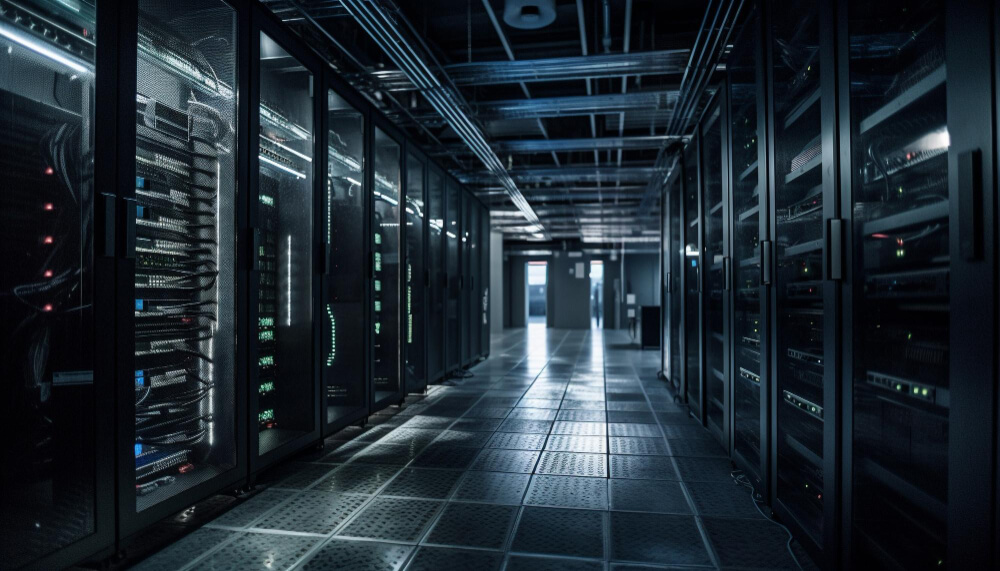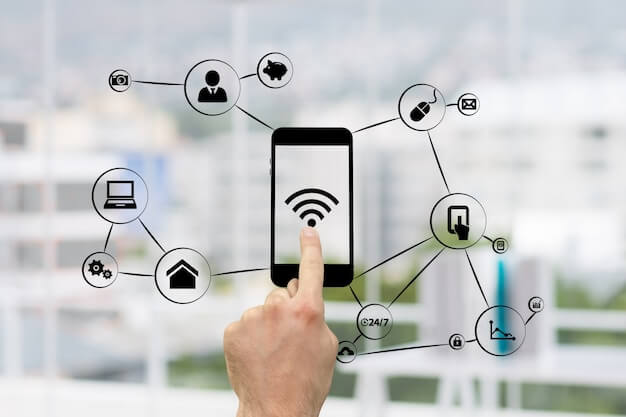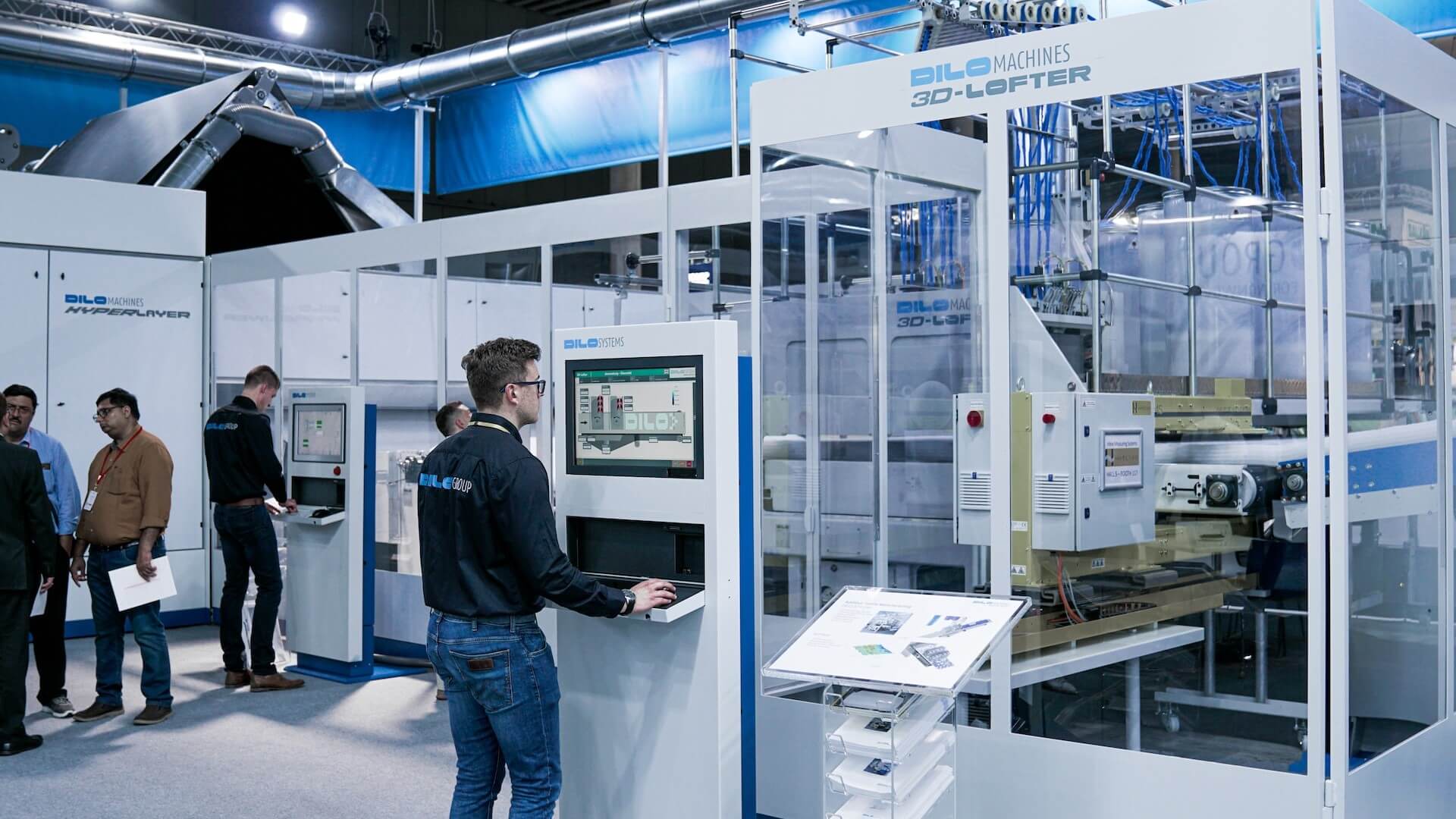
The business value of IoT is clear. Many industries are already adopting IoT solutions to create new revenue streams, save resources and cut expenses, or for extending anything-as-a-service (XaaS).
Industry leaders who have embraced digital transformation are moving beyond the realization that IoT empowers their organizations with data insights to enhance customer engagement. Today, these leaders are utilizing edge computing technologies to design IoT solutions to achieve this goal more effectively.
Edge computing undoubtedly provides a higher level of efficiency for IoT solutions. Introducing edge computing only makes sense for organizations looking to build robust, scalable and secure IoT solutions.
IoT integrates devices, sensors and data sources to send data from the field to the cloud to help organizations make real-time decisions. Edge computing, on the other hand, can use both connected and non-connected devices - from existing programmable logic controllers, motion sensors and gateways - to process data near the data source. As a result, edge computing speeds up the delivery of data by processing it and sending a smaller data set rather than sending it all to the cloud.

Here are three benefits of using edge computing:
1、Optimized control
The ideal IoT solution enables organizations to use data to make real-time decisions. With the addition of the edge, organizations can adjust decisions at any time. In a traditional IoT installation, sensors and devices send communications to and from the cloud in both directions, but rely on a reliable and constant connection.
Adding edge devices will allow organizations to enable device operation with or without network connectivity, for example, a farmer, who wastes a lot of money on utilities, and IoT sensors that can detect leaks and alert the farmer about a malfunctioning water tank. The edge device could enable this farmer to remotely shut off the water going into the leaking tank with or without an internet connection. IoT solutions equipped with edge computing will allow organizations to remotely control devices in multiple environments.
2、Reduced bandwidth
Edge computing requires very little bandwidth and takes the burden off the cloud for organizations, resulting in reduced traffic and improved application performance. A McKinsey article on the potential of IoT mentions that only 1% of the data collected from 30,000 sensors on an oil rig is used for decision-making. So consider how much more efficiently a system would operate if only the necessary data was sent to the cloud instead of all of it.

In a network with millions of devices and data sources, this is a priceless benefit. By adding edge computing, organizations can reduce bandwidth and security risks by processing data near the data source and sending only selected data to the cloud when needed.
3、Always-on
Edge computing also promotes business continuity because edge computing can operate with limited or intermittent network connectivity. In remote locations, including construction sites, farms, underground mines, or construction tunnels, limited network connectivity can delay data transmission. IoT solutions designed for time-sensitive data can operate optimally with edge computing. In addition, with edge computing, summarized/analyzed data can be stored and transmitted when connectivity is restored to a disrupted network.






